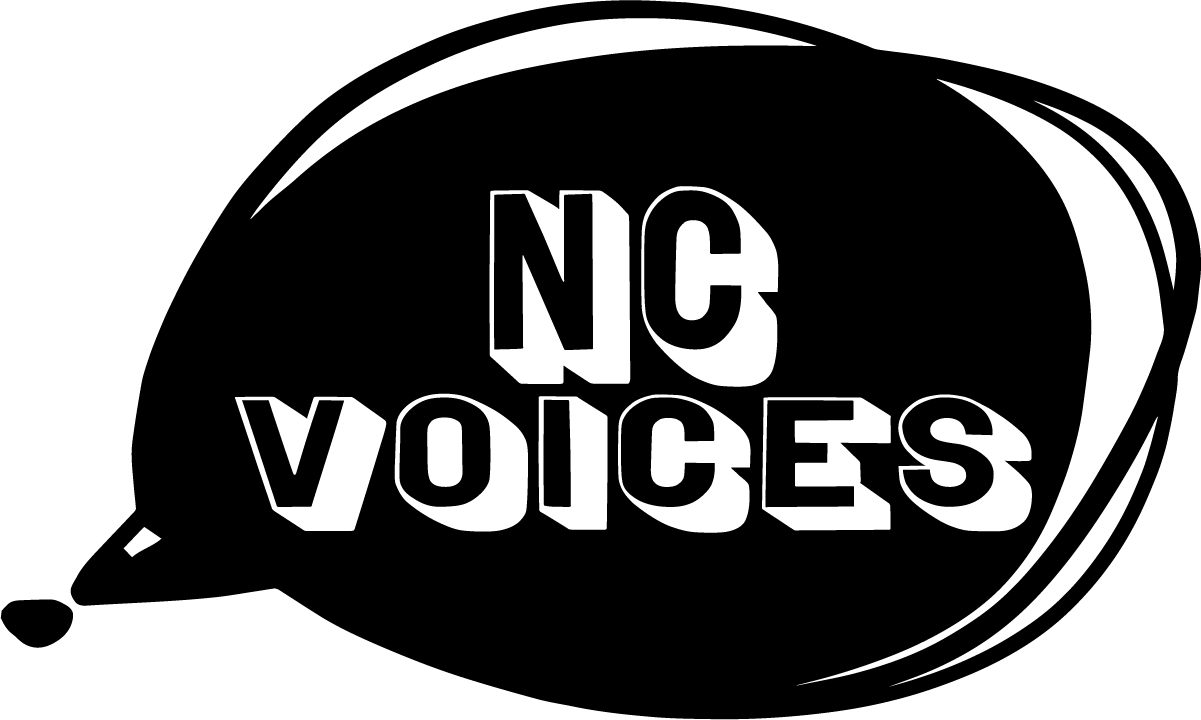Source: NC Health News
A $2 million grant program included in the state budget last year that was meant to enable North Carolina sheriffs to start or expand opioid addiction treatment programs in their jails comes with a huge drawback, according to NC Health News.
The grant specifies that the allocated funds can only be used to provide one of the three FDA-approved medications for opioid use disorder. Naltrexone, also known as Vivitrol, is the approved medication. Unfortunately, its method of blocking opioid receptors and high price have led many experts to argue that it is the least effective medication of the three currently approved by the FDA.
While Vivitrol is favored by some in the recovery community and many in law enforcement because the medication operates as a more “traditional” approach to substance use treatment, Vivitrol’s approach is actually what can make the medication ineffective; Vivitrol blocks receptors in the brain that are stimulated by opioids, meaning that someone who’s taken this shot would be unable to feel “high” while Vivitrol is in their system. While it sounds great in theory, the shot is given monthly, and towards the end of the month the medication will gradually wear off, leaving the person undergoing treatment more vulnerable to overdose if they relapse.
Another issue with Vivitrol’s approach is that it does nothing to address cravings experienced by people with opioid use disorder. Other medications such as methadone and buprenorphine have often been framed as replacing one drug with another, as they activate opioid receptors in the brain. However, medications like methadone do help to eliminate cravings, which can often allow people with opioid use disorder to build a life and address the deeper reasons as to why they were using in the first place. Vivitrol blocks the ability to feel the effects of substances and reduces the chance of an overdose but can leave someone with opioid use disorder still struggling with cravings.
At a whopping $1,000 per monthly shot, an additional issue with Vivitrol is its price.
Incarcerated individuals who receive the shot while in jail are not likely to be able to afford the medication once they’re released into the community, which can often lead to relapse. According to a 2018 study by state government and UNC Chapel Hill researchers, North Carolinians who have been incarcerated are 40 times more likely than the average person to die of an opioid overdose within two weeks of their release from jail or prison and are 74 times more likely to die of a heroin overdose.
Carlyle Johnson, a clinical psychologist who works with Durham and Orange counties’ detention centers on their addiction treatment program, explained to NC Health News that many people who pass through jails are uninsured or on Medicaid and because of the way funding in the community works, it’s easier to connect them to methadone or buprenorphine.
“It really ought to be people’s choice,” Johnson told NC Health News. “The gold standard would be you have a choice of any of the three medications.”




